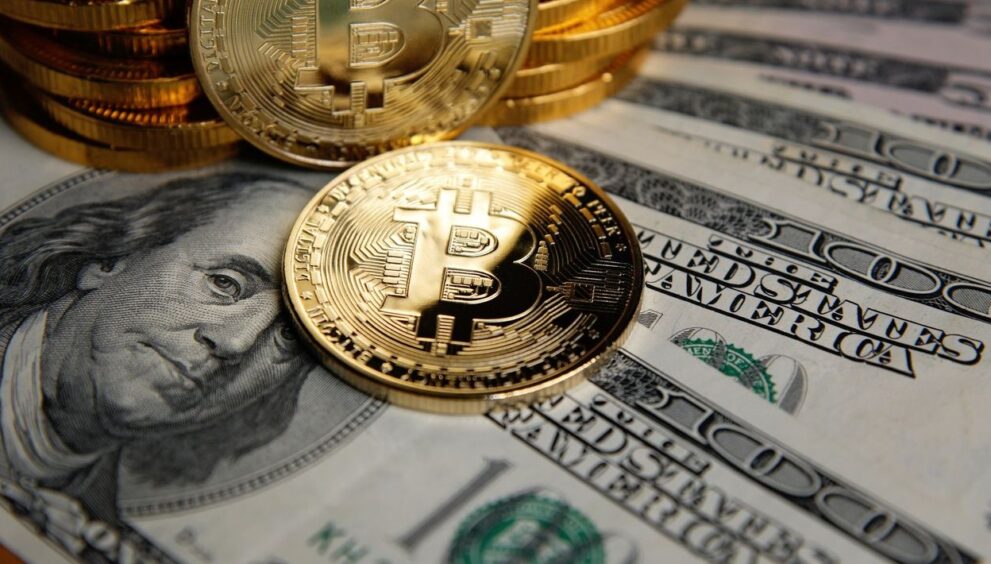Bitcoin: Is it for the State or for the People?

The increasing acceptance of Bitcoin as a national strategic reserve asset raises an important debate within the digital asset ecosystem. Should Bitcoin remain a decentralized currency that individuals can freely access, or should it be a financial reserve tool under government control?
Developments indicating that the US government is considering creating Bitcoin reserves have led to greater recognition of the leading cryptocurrency in the traditional financial world, but also stirred some concerns about market accessibility. Bitcoin, which began its journey with Satoshi Nakamoto’s nine-page whitepaper, has now caught the attention of central banks. However, the accumulation of Bitcoin in cold wallets may hinder individual investors and potentially billions of future users from accessing this asset.
THE RESERVE STATUS OF BITCOIN
Bitcoin’s elevation to a national reserve asset status could mark a significant turning point for the future of digital assets. With the approval of Bitcoin ETFs in early 2024, the integration of Bitcoin into the traditional financial system has gained momentum. Now, central banks considering including this digital asset in their reserves have the potential to elevate Bitcoin to the same level as strategic assets like gold and oil. In traditional financial systems, small businesses and individuals are required to provide physical collateral such as real estate when obtaining credit, whereas Bitcoin’s ownership transparency, divisibility, and high liquidity make it one of the most effective financial collateral. Due to these features, the use of Bitcoin in national reserves is seen as a strategy by central banks to diversify their balance sheets and safeguard against global economic uncertainties.
However, what does the integration of Bitcoin into state reserves mean for individual investors? In historical contexts, governments’ tendency to control valuable assets can lead to limitations on individual ownership.
CAN BITCOIN BE LIKE GOLD?
The inclusion of Bitcoin in national reserves recalls the process that gold went through in the past. In the 19th century, gold was an asset owned by both individuals and governments, but with the issuance of Executive Order 6102 in the US in 1933, private ownership was restricted and individuals were required to transfer their gold assets exceeding $100 to the Federal Reserve. Although individual gold ownership was reinstated in 1974, during this period, the government’s gold accumulation increased while direct access to gold for individuals decreased.
In a similar scenario, if central banks continue to increase their Bitcoin reserves, the circulating supply in the market may decrease, and accessibility for individual investors could become more challenging. This situation could transform Bitcoin from a freely traded asset within the market to a reserve tool controlled by governments.
OPEN RESERVES OR CLOSED RESERVES?
The future role of Bitcoin will depend on whether it can maintain its dynamism within the free market. If Bitcoin becomes trapped in state-controlled reserves, its role within the financial ecosystem may shift into that of a static investment tool like gold. However, in order for Bitcoin to remain a decentralized and accessible asset for everyone, more open and transparent reserves need to be established within the financial system.
The decentralized finance (DeFi) ecosystem and Bitcoin financial protocols (BTCFi) may offer an alternative by increasing individual users’ access to Bitcoin. BTCFi is seen as a mechanism that can enable Bitcoin to have a broader range of uses while preventing monopolization by governments.






















































































































































































































































































































































































































































































































































































































































































































































































































































































































































































































































































































































































































































































































































































































































































































































































































































































































































































































































































































































































































































































































































































































































































































































































































































































































































































































































































































































